UGA researchers part of effort to make prescription labels more user-friendly

UGA working to simply prescription labels
Researchers at the University of Georgia are working to find way to make prescription labels less complex and help patients make less mistakes.
ATLANTA - Americans take on average four prescription medications a day, and research shows close to half aren't taking their medication the way their doctors prescribed.
Professor Henry Young at the University of Georgia College of Pharmacy says part of the problem is prescription labels can be confusing.
"So, we tried to see whether or not we could make that information a little bit more user-friendly to patients," Young says.
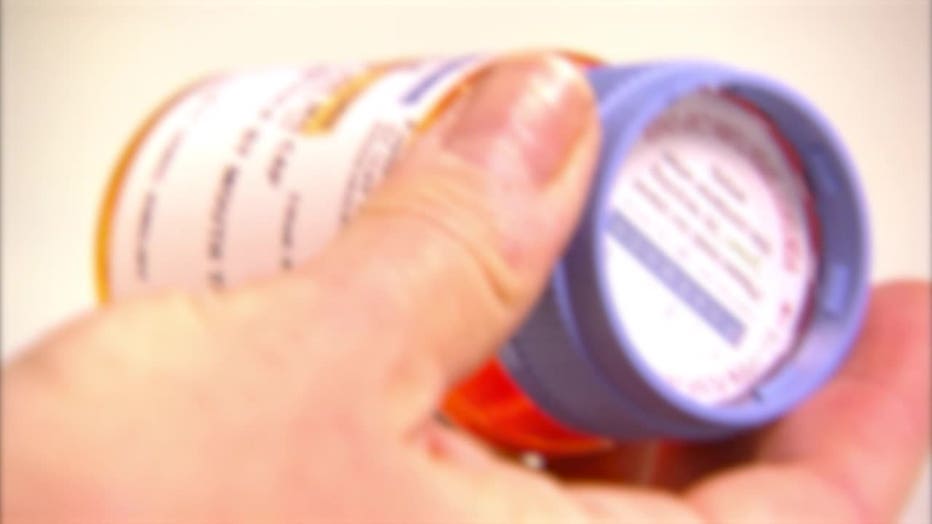
(FOX 5)
Young is part a collaboration between Wisconsin Health Literacy, the University of Wisconsin, and the Medical College of Wisconsin to tweak prescription labels to make them more user-friendly.
A Wisconsin Health Literacy survey found 88% of participants found medication labels confusing, and 23% said they had taken medication incorrectly because of confusing labeling.
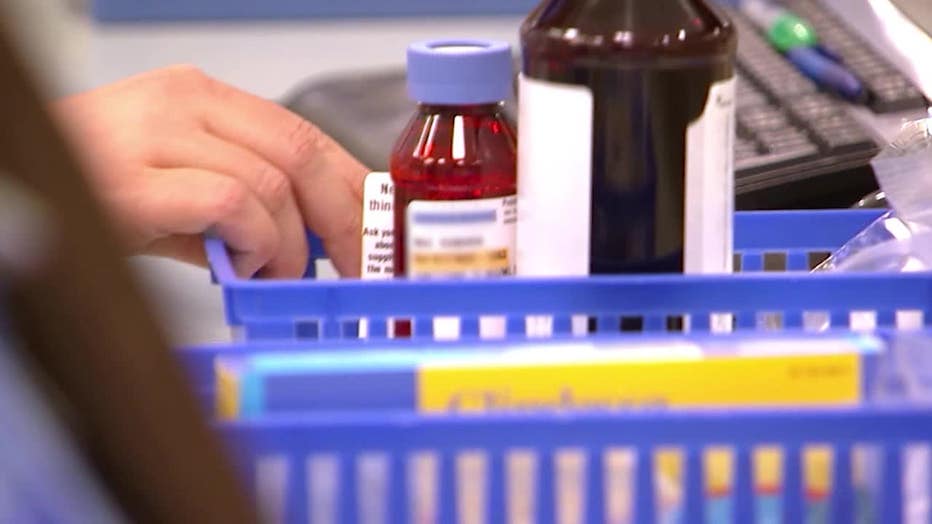
(FOX 5)
That can be especially risky for seniors juggling several medications a day.
"One of the challenges older adults have is, you know, limited vision or vision impairment," he says. "So, we increased the font size of the information on the label."
The "patient-centered" labels are less cluttered with more white space, and the patients name is in large font.
"We want to grab someone's attention said, 'Hey, this medication is for me,'' Young says.
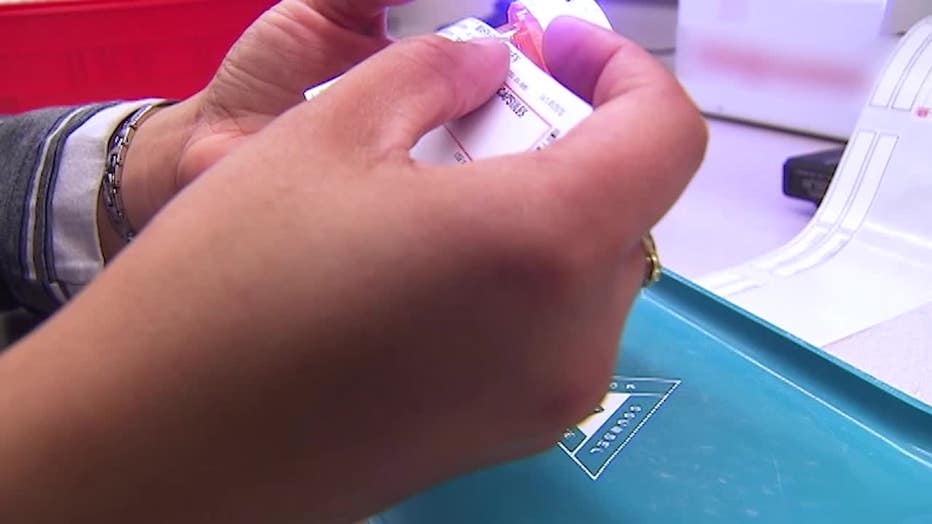
(FOX 5)
There are other changes.
"The previous label had the pharmacy's name, address and all that stuff up front," he says. "We move that right. Then, the next thing you want someone to think about is how to use this medication, so those directions come next."
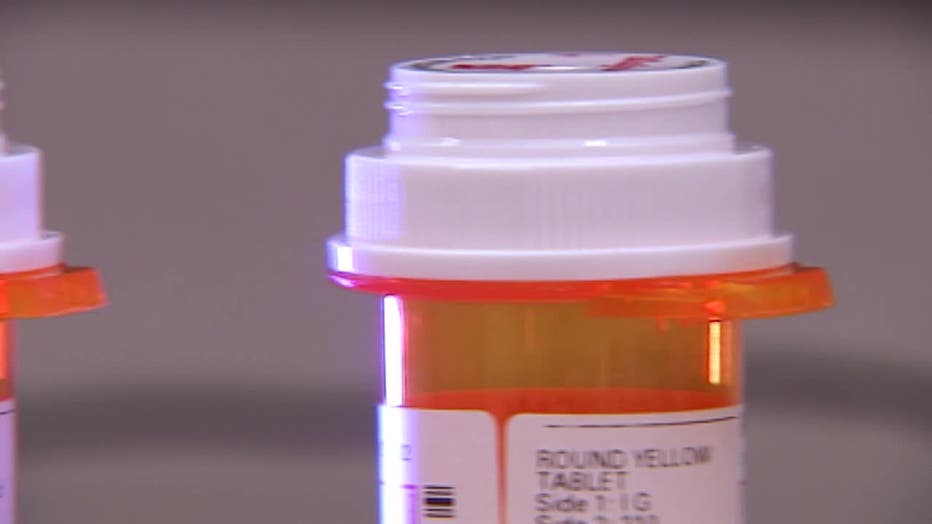
(FOX 5)
The goal is to simply the instructions.
Instead of "Take twice daily," which can lead to mistakes, researchers say "Take one pill in the morning and one pill in the evening," is easier to understand.
Another focus, side effect warnings and drug interactions.
"You'll see some adverse events that might happen and some things to avoid, such as avoid taking alcohol with this medication,'" Young explains.
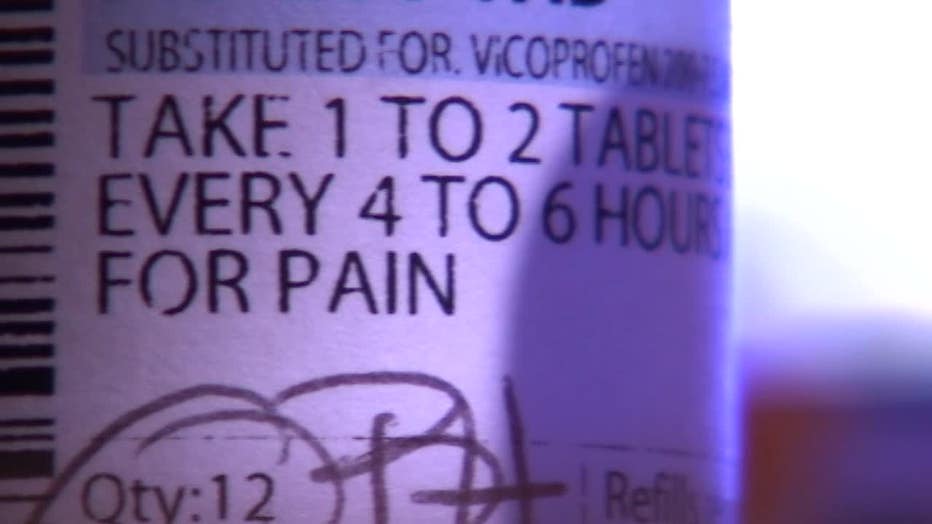
(FOX 5)
Changing standardized labels is complicated, but Young says the feedback from patients and pharmacists has been positive.
So far, 21% of Wisconsin pharmacies have partnered with Wisconsin Health Literacy to redesigned their prescription labels to make them easier to read.

